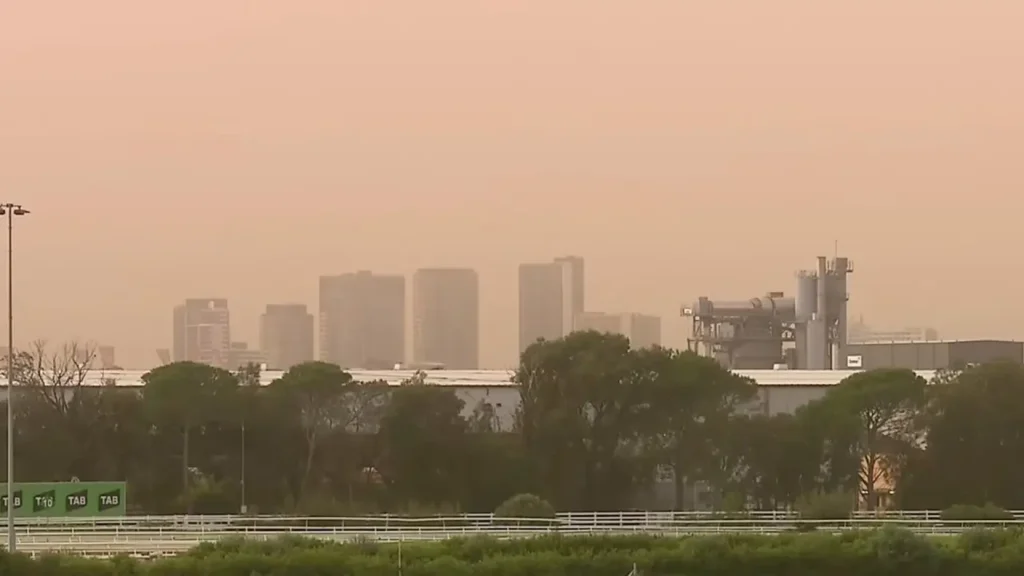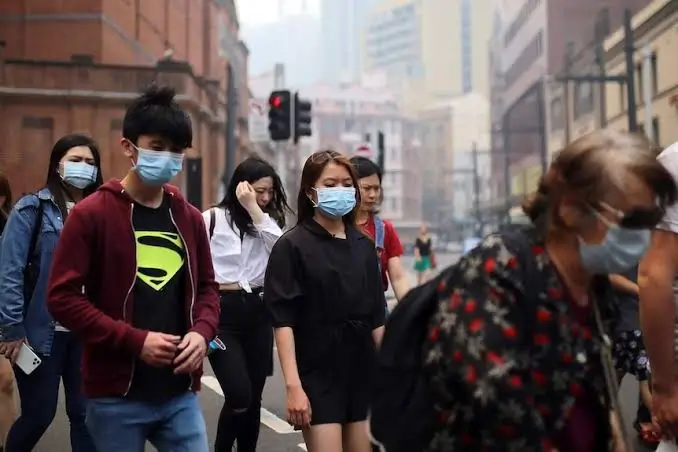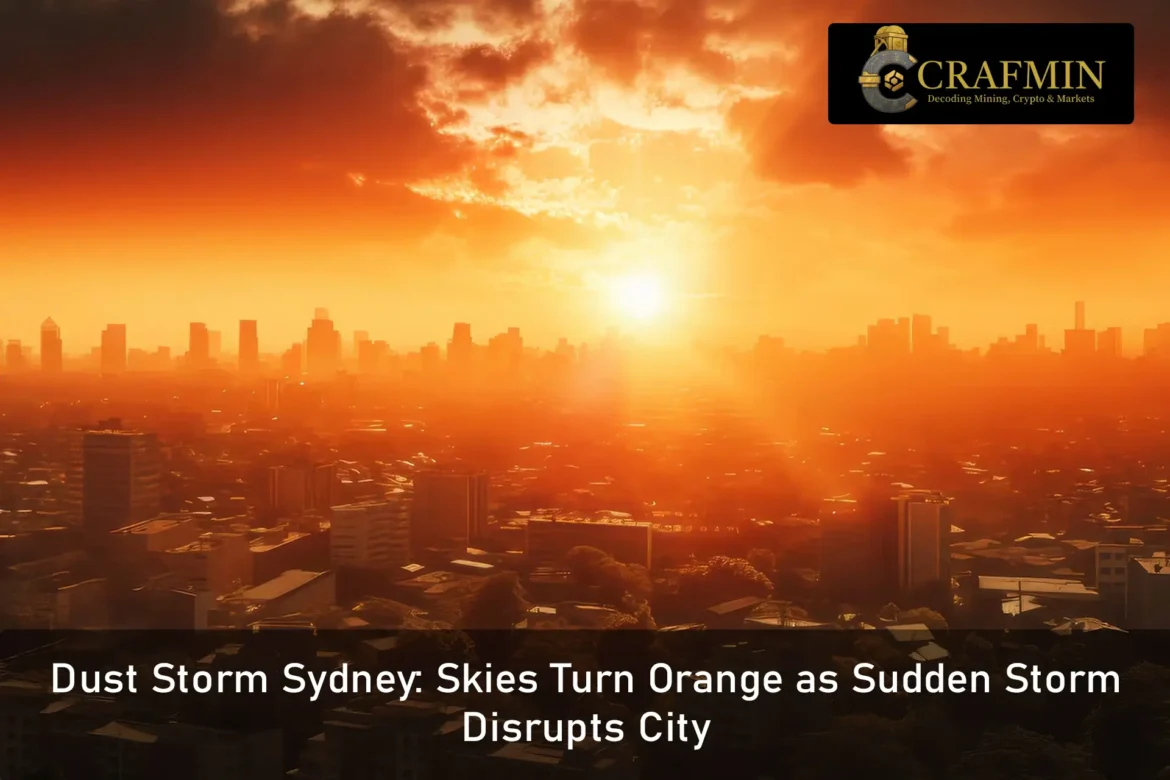A powerful dust storm swept across Sydney on Tuesday morning, engulfing the city in a haze of orange-brown air, triggering health alerts and causing disruptions to traffic, public transport, and daily routines.
From Bondi to Blacktown, commuters awoke to a surreal sight: heavy layers of airborne dust reducing visibility to less than a kilometre in several areas. The phenomenon caught many by surprise, leading to widespread concern and prompting an immediate response from emergency services and health officials.

Image 1: Sydney skyline obscured by thick dust clouds during morning peak
Source: YouTube
What Caused the Dust Storm in Sydney?
The dust storm Sydney experienced was linked to strong westerly winds originating from drought-affected regions of western New South Wales. Meteorologists from the Bureau of Meteorology (BoM) confirmed that loose topsoil, combined with dry conditions and wind gusts above 70 km/h, led to airborne particulates being carried into the Sydney Basin.
According to the BoM, this event was intensified by recent dry spells and land degradation, both of which created ideal conditions for dust mobilisation.
Health Warnings Issued as Air Quality Plummets
NSW Health quickly issued a public health alert, warning residents—particularly those with asthma, heart conditions, or respiratory issues—to avoid outdoor activity.
Air quality monitoring stations reported particulate levels well above the hazardous threshold, with PM10 readings soaring in western suburbs like Parramatta, Penrith, and Campbelltown.
“For vulnerable populations, this is not just uncomfortable—it’s dangerous,” said Dr. Leila Moore, spokesperson for NSW Health. “We’re advising everyone to stay indoors, close windows, and use air purifiers if available.”
Face masks rated for particulate protection were also recommended for those who must be outdoors.

Image 2: Commuters in Sydney CBD wearing masks as dust clouds reduce visibility
Source: ABC News Image Library
Transport Disruptions and Warnings
The storm led to major traffic slowdowns across arterial routes and delays in bus and train services. Motorists were urged to use headlights, reduce speed, and maintain safe distances due to reduced visibility.
Sydney Trains confirmed that several lines experienced minor delays due to signal failures and debris interference, particularly in exposed areas.
The Sydney Airport also reported minor disruptions to flight schedules, though operations continued with caution under Instrument Flight Rules (IFR).
Social Media Reaction and Community Response
Social media platforms were inundated with images of the dramatic haze blanketing Sydney. Hashtags such as #SydneyDust, #DustStormToday, and #AirQualityAlert trended nationally as residents shared their experiences and warnings.
Community organisations also responded swiftly. Local councils distributed health flyers, while schools issued safety guidelines and allowed students to remain indoors during recess and lunch breaks.

Image 3: Sydney covered in fine red dust
Source: Illawarra Mercury – Live Updates
Historical Context: Is This the Worst Yet?
While dramatic, today’s event was not unprecedented. Sydney last saw a major dust storm of similar scale in 2009, when the city was enveloped in thick red dust that sparked global headlines. However, experts caution that these events may become more frequent as land management and climate conditions continue to shift.
The NSW Office of Environment and Heritage has committed to reviewing today’s dust storm as part of a broader strategy to assess air pollution events and climate impacts on vulnerable populations.
Authorities Urge Preparedness as Weather Extremes Rise
With extreme weather events on the rise, authorities are encouraging Sydneysiders to prepare emergency kits, follow updates from the BoM and NSW Health, and keep communication lines open with family and neighbours during environmental emergencies.
Today’s storm has served as a stark reminder of how quickly urban life can be disrupted by natural forces—and the importance of both early warning systems and community resilience.

